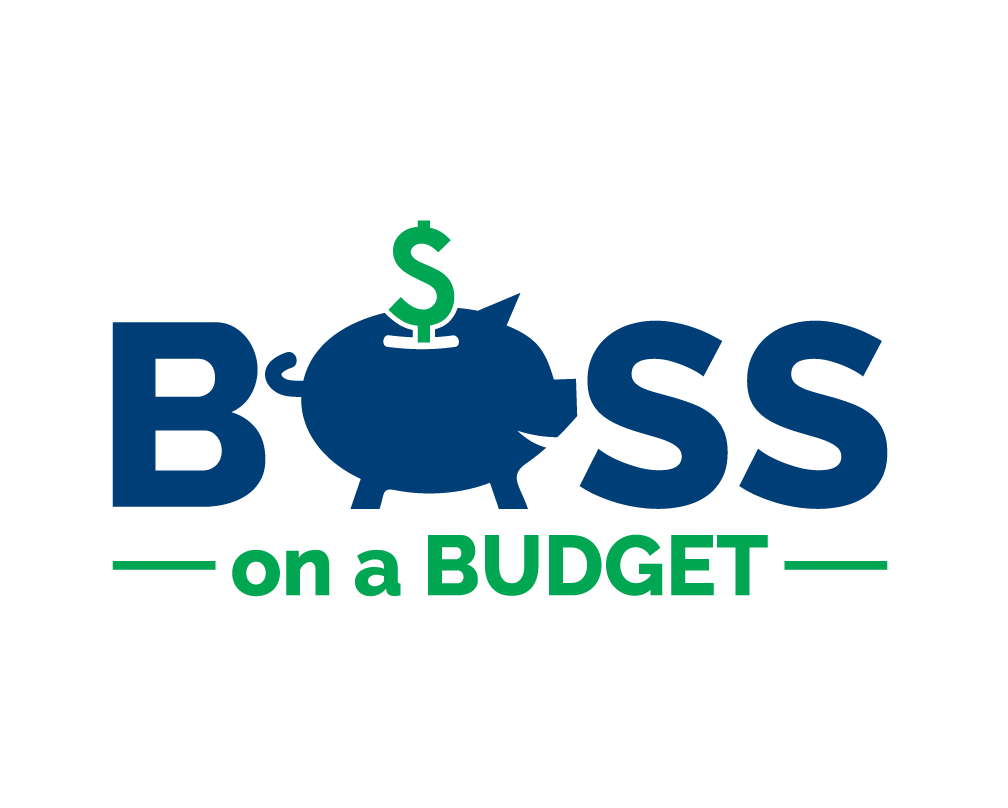What are the different types of grants?
The grants space is a vast universe made of many different moving parts, including grant applications, funders, community partners and the like. It’s easy to think that every grant you pursue is the same, but that’s not the case. More than likely, every new grant you encounter you will find a new question or a requirement. Even seasoned grant writers still encounter new processes or questions that they've never seen before. Funders come in all shapes and sizes, and so what they request of you will come in different forms, too. Though every grant process is different, you will generally see the same types of grants. Generally, any grant you write is going to be one of the following: program/project, operating, capacity building, capital, endowment, or in kind. Each one of these grants address specific needs, that’s why it’s important to know upfront what type of grant you’re working with so you can plan accordingly. As you go through this list, the competition gets stiffer for each type of grant. So let’s walk through the different types of grants, shall we?
For help writing your first grant proposal, purchase my grant writing workbook which identifies the 10 common elements of every proposal.
Program/project grants
This is the most common type of grant. Program/project grants specify that funding may only be used to support the program or project referenced in your proposal. For example, your environmental organization does a monthly recycling campaign, but you’d like to write a grant to develop a new after school program teaching elementary school children the dangers of pollution. A program/project grant will provide funds just for that program, and not for your other operations (the monthly recycling campaign). These type of grants are pretty restrictive - they typically restrict the amount you can use on administrative costs, if they’re allowed at all. However, these grants are also very straightforward and less difficult to write because you can stick to the parameters of your program.
General operating grants
Do you remember the feeling when your parents let you pick what you wanted for dinner? Or how about the freedom you felt when you FINALLY were able to pick out your own clothes? I look at general operating grants the same way. Funders give you the freedom to decide where it’s best to spend grant monies. These are sometimes called unrestricted grants, and they give your organization the freedom to spend it on anything necessary to keep the organization operating. It can be used for salaries, for administrative staff (like HR and finance staff), or across program areas. Funders do not often provide this type of funding so when you see it, jump on it.
Capacity building grants
Nonprofits are often expected to produce much with a little, all the while proving how they could have done more. Especially for startups (you all have my 💛), you get so caught up building your programs, proving your worth to donors and funders that you forget to focus on self-care. As a startup you’re expected to know accounting, marketing, strategic planning, grant writing, program development, evaluation, and the list goes on and on. The reality is you cannot wear all of those hats well. You would hope that your staff, volunteers or board will have the expertise you need to run your organization, but that’s not often the case. So often you need to look for outside help. But outside help ain’t cheap!!! So how do you pay for it? Funders can provide capacity-building grants to help you focus on developing your organization with funds for activities or services like training, a HR consultant, a strategic planning consultant, or leadership coaching. Whatever skills you need to better grow your organization, capacity-building funds can help you do that.
Capital grants
In a nonprofit’s life cycle, there will come a time to take things to the next level. That comes when it’s time to purchase or renovate a building, purchase land, or purchase a large amount of equipment. These are referred to as capital purchases. You’ve probably heard the term, “capital campaign”, where nonprofits engage in an intense giving campaign where they attempt to raise a large amount of money. As part of those campaigns, funders can provide large-scale grants to help nonprofits reach their goals. These grants are called - you guessed it- capital grants. These grants are typically reserved for established nonprofits, or nonprofits with pretty deep connections and relationships or proof of impact.
Endowment grants
Endowments usually apply to foundations. The math can be complicated but this is the simplest way I can explain endowments: organizations collect a large amount of money (say, $20 million dollars) that sits in the bank and the interest is used to fund programs. It’s like establishing a stable pot of money that ensures that you’ll always have a source for operating funds. Many foundations operate this way. They have billions of dollars stored way, and they give away millions of the interest. Some nonprofits have aspired to this same practice and establish their own endowments. The most relatable example I can give is colleges and universities who have endowment funds. In fact, Bennett College in 2019 completed a high profile campaign to raise money to add to its endowment and the college surpassed its goal (yay for them!): These grants are extremely rare, but thought I would mention them so you understand the realm of possibilities for nonprofits.
In kind grants
In Kind grants include non-monetary gifts that can come in the form of time, supplies and materials, volunteers, technical assistance, or space, etc. You’ll see this most often from corporate grants where businesses donate their employees or leftover materials to nonprofits instead of cash. Your best bet is to start locally by finding businesses who are willing to provide materials or other services for your benefit. Most of these come in the form of a donation, but some funders have a formal grant process that is similar to the grants mentioned above, the only difference is that they don’t award money.
Everything else
There are other grant categories that are not as relevant for nonprofits, but I thought I’d mention them anyway. When applying for these grants, the same general concepts for grant writing still apply. Here are a few examples:
Grants for a researcher to complete his/her dissertation
Grant for homeowners to collect rain water at their residence
Grants for small business owners to develop or expand their businesses
Now that you have a little better understanding, make sure you pay attention to the type of grant you’re applying for, as it has implications for how you write your proposal as well as your program budget. What type of grant did you last write a proposal for? Share with me in the comments below!



